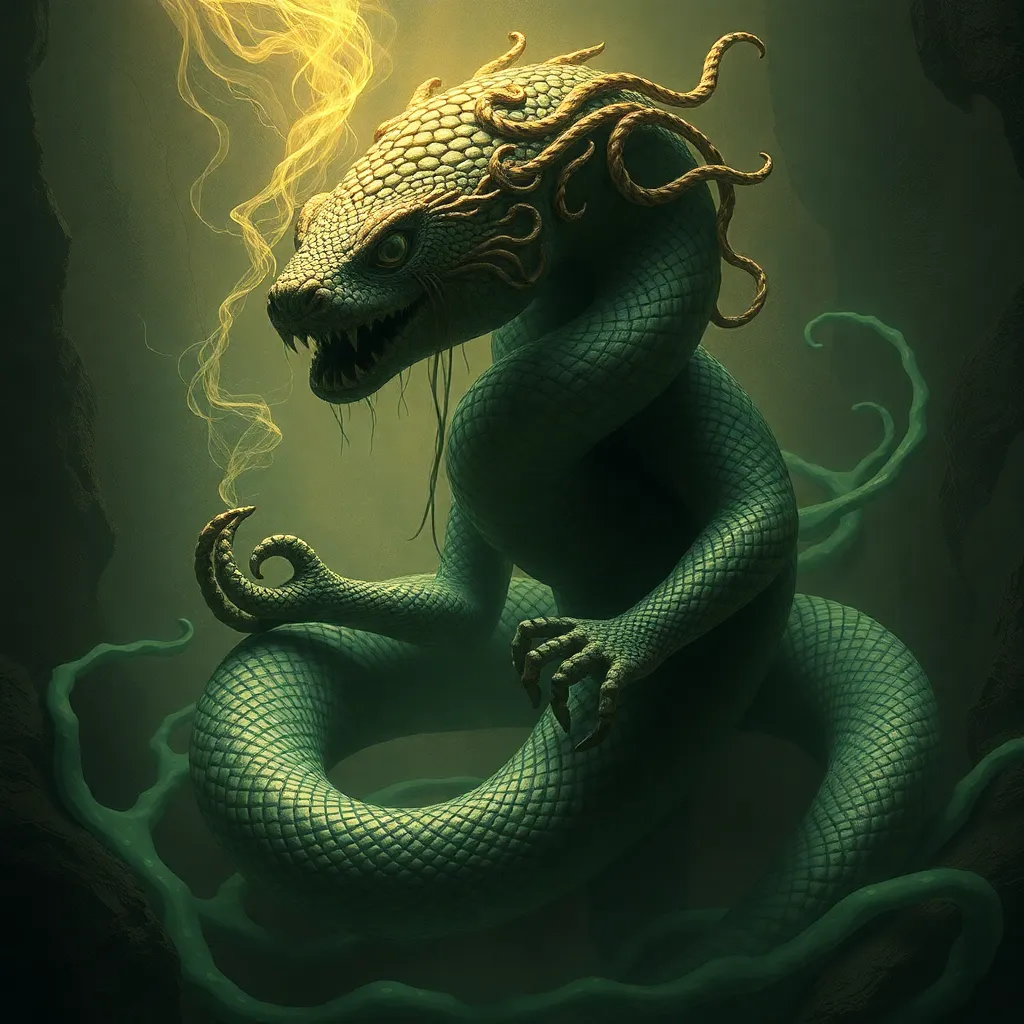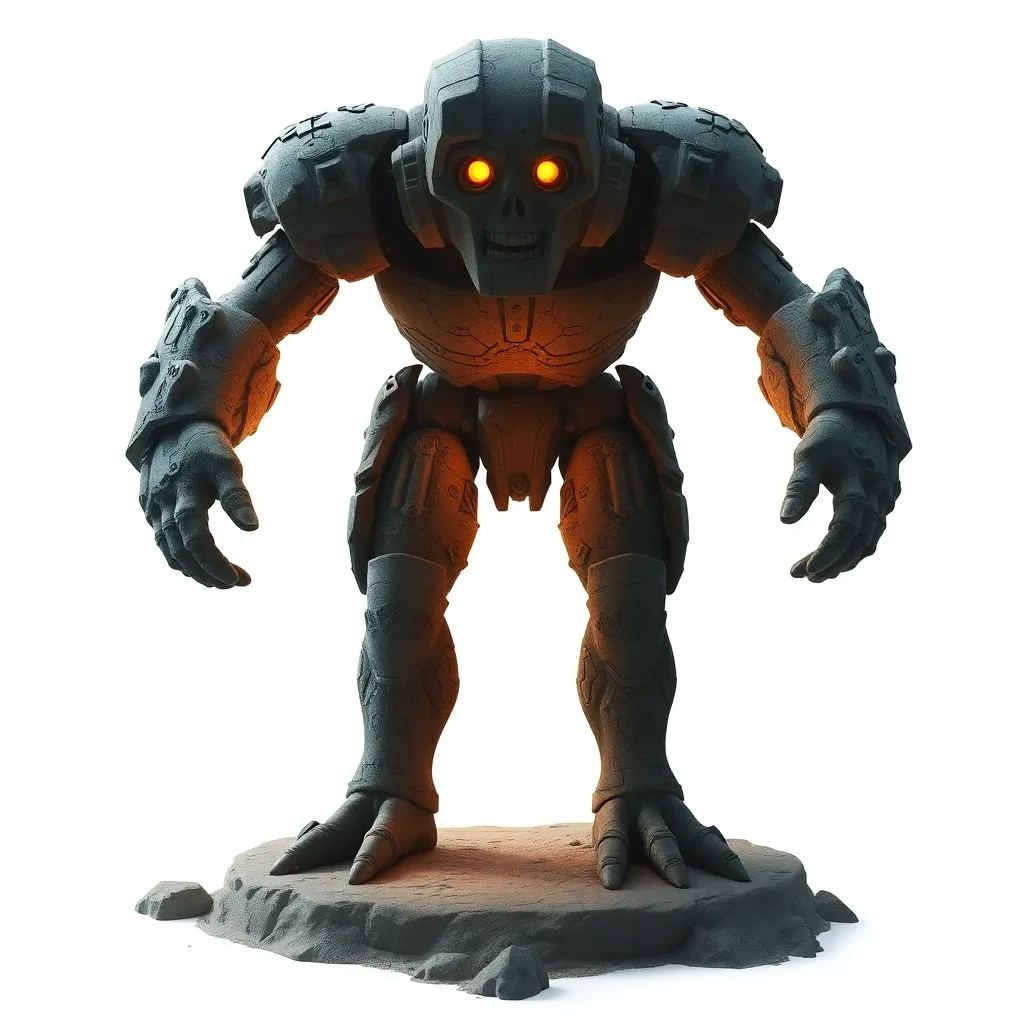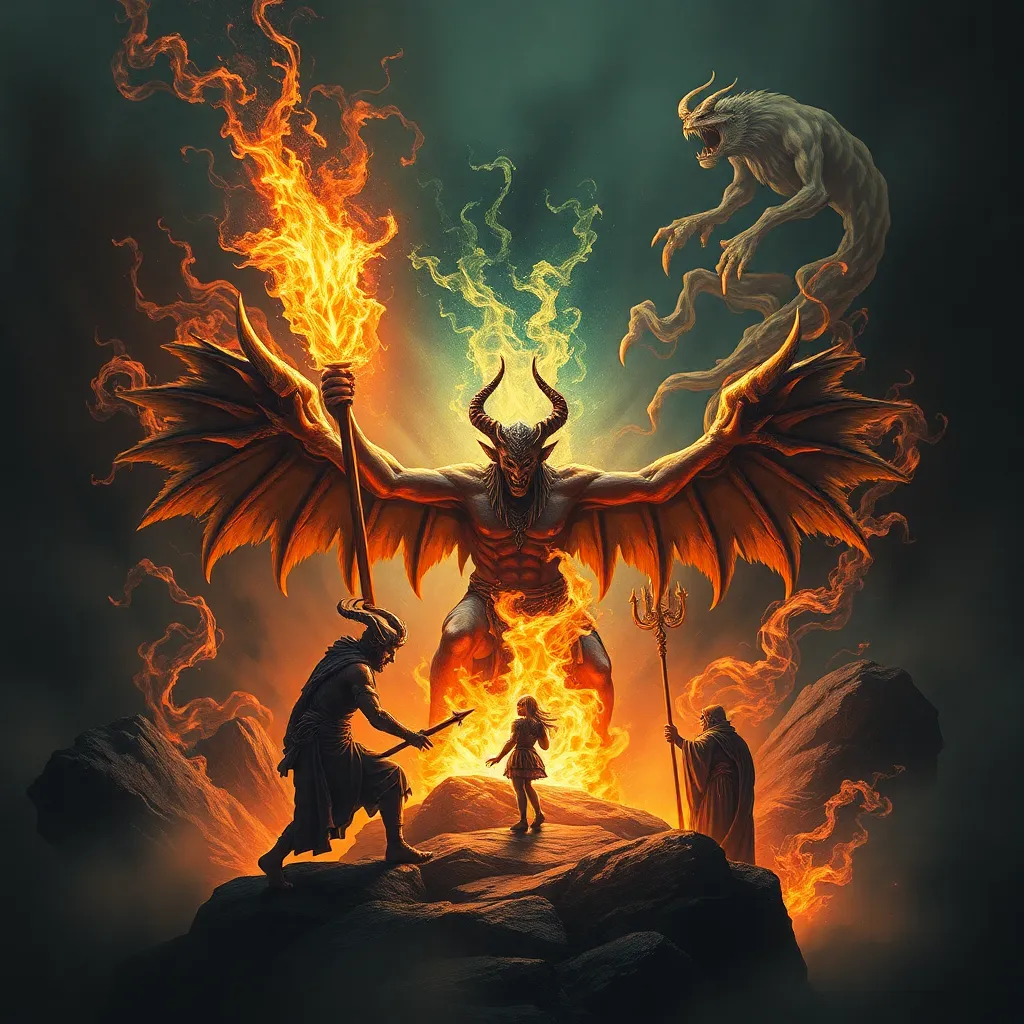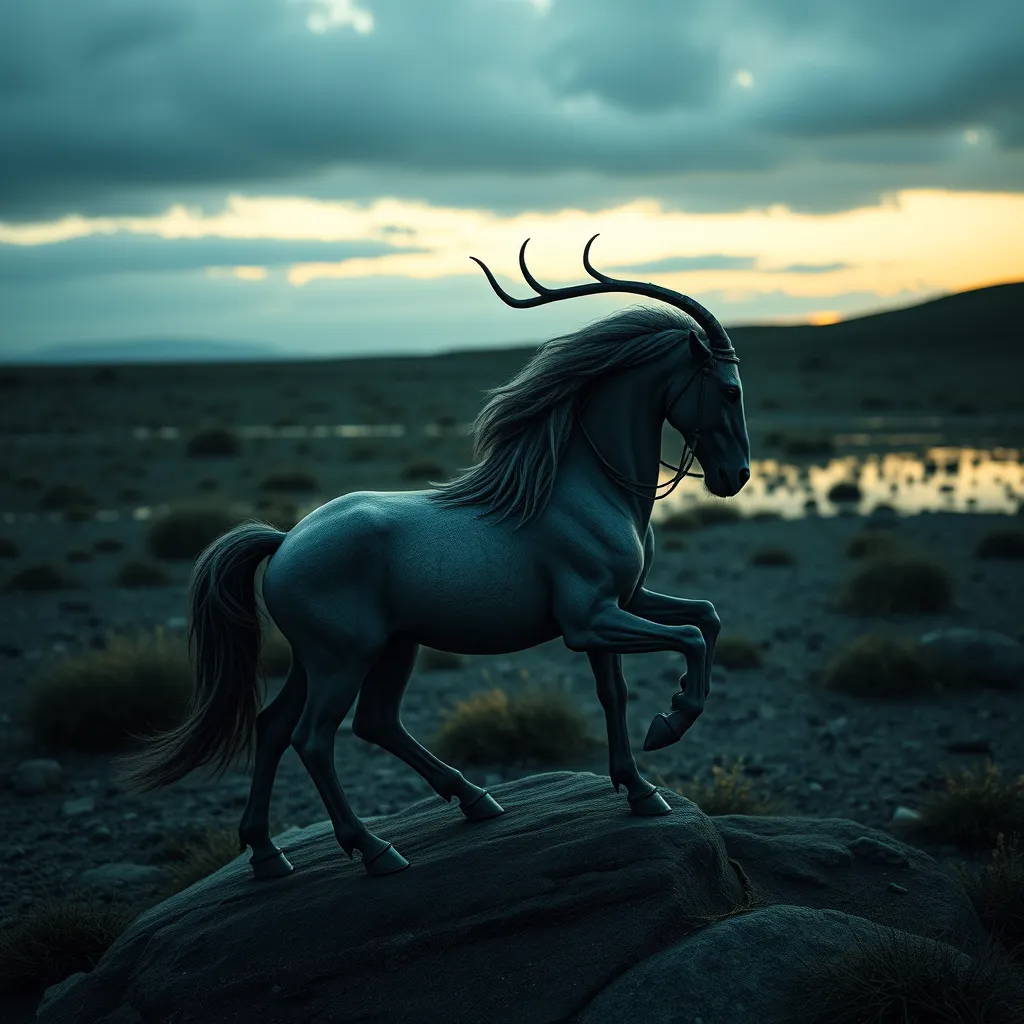Echidna in Modern Literature: Exploring the Serpent-Woman’s Depictions in Contemporary Fiction
I. Introduction
The figure of Echidna, often described as a half-woman, half-snake creature in Greek mythology, has captivated the imagination of writers and artists for centuries. Her dual nature symbolizes both beauty and monstrosity, making her a complex figure in literature.
Echidna’s significance in literature lies in her representation of the primal fears and desires associated with femininity, motherhood, and monstrosity. As a mother of monsters, she embodies the chaos that can arise from unchecked power and the challenge to patriarchal norms.
The purpose of this article is to examine contemporary portrayals of Echidna in modern literature, highlighting how her character has evolved and the themes that resonate through her depictions in various works.
II. Historical Context of Echidna in Mythology
A. Origins in Greek mythology
Echidna’s origins can be traced back to ancient Greek mythology, where she is often depicted as a creature born of the primordial forces of chaos. Described as the “Mother of Monsters,” she is said to be the mate of Typhon, a gigantic and fearsome entity.
B. Echidna’s role as the mother of monsters
In mythology, Echidna is credited with giving birth to numerous mythological creatures, including the Nemean Lion, the Hydra, and the Chimera. Her offspring often embody traits that challenge the hero archetype, representing the fears and antagonists that heroes must confront.
C. Evolution of her character through ancient texts
Throughout ancient texts, Echidna’s character has been portrayed in various ways. Initially viewed as a monstrous figure, later interpretations have begun to explore her motivations and depth, reflecting societal attitudes towards motherhood and femininity.
III. The Serpent-Woman Archetype in Literature
A. Definition and characteristics of the serpent-woman archetype
The serpent-woman archetype encompasses characters that exhibit both serpentine traits and feminine qualities. These figures often symbolize duality—beauty intertwined with danger, wisdom coupled with deceit.
B. Cultural significance of serpent imagery
Serpents have long been associated with various cultural meanings, including:
- Transformation and rebirth
- Danger and temptation
- Wisdom and knowledge
Echidna embodies these traits, making her a powerful symbol in literature.
C. Connections between Echidna and other serpent-woman figures in literature
Echidna can be linked to other serpent-woman figures across cultures, such as:
- Medusa, who represents the fear of feminine power
- La Llorona, who embodies the tragedy of motherhood
- The Naga of Hindu mythology, who symbolizes fertility and protection
These connections highlight the versatility and depth of the serpent-woman archetype in literature.
IV. Contemporary Depictions of Echidna
A. Analysis of notable literary works featuring Echidna
In contemporary literature, Echidna has been reimagined in various forms. Notable works include:
- The Song of Achilles by Madeline Miller – Echidna’s essence is echoed through themes of love and loss.
- Circe by Madeline Miller – Although Echidna does not appear directly, her influence on the portrayal of powerful women is palpable.
- The Last Greek Hero by John Smith – A modern retelling where Echidna plays a pivotal role in the hero’s journey.
B. Themes and motifs associated with her character
Common themes in contemporary depictions of Echidna include:
- The complexity of motherhood
- The struggle for identity
- The intersection of power and vulnerability
C. Comparison with traditional representations
Unlike traditional representations that often paint Echidna solely as a monster, modern portrayals delve deeper into her psyche, exploring her motivations and the societal pressures she faces.
V. Echidna in Fantasy and Speculative Fiction
A. Examination of Echidna’s role in fantasy literature
In fantasy literature, Echidna’s character often serves as a catalyst for conflict or a source of wisdom. Her serpentine form allows authors to explore themes of transformation and the blurring of boundaries between good and evil.
B. Impact of her character on world-building and mythos
Echidna’s inclusion in fantasy narratives enriches the world-building, providing a bridge between myth and the fantastical elements of the story. Her legacy as a mother of monsters influences the creation of new creatures within these worlds.
C. Case studies of specific novels and authors
Authors like Neil Gaiman and N.K. Jemisin have drawn on Echidna’s archetype to create compelling narratives. For instance:
- American Gods by Neil Gaiman – Features a character reminiscent of Echidna, exploring themes of divinity and transformation.
- The Broken Earth Trilogy by N.K. Jemisin – Elements of Echidna’s mythology are woven into the fabric of the world, enriching the narrative.
VI. Feminist Interpretations of Echidna
A. Reimagining Echidna as a feminist icon
Modern interpretations often reframe Echidna as a feminist icon, representing the struggle against patriarchal oppression. Her character embodies resilience and defiance in the face of societal expectations.
B. Themes of empowerment and monstrosity
Feminist readings of Echidna emphasize her empowerment, viewing her monstrosity not as a flaw but as a source of strength. This perspective challenges the traditional narrative that associates femininity with docility.
C. Critiques of patriarchal narratives surrounding her character
By critiquing the patriarchal narratives that frame Echidna as merely a monster, authors highlight the complexities of female experience and the societal pressures that shape women’s identities.
VII. The Role of Echidna in Modern Pop Culture
A. Influence of Echidna in films, video games, and graphic novels
Echidna’s influence extends beyond literature into various forms of modern pop culture. She appears in films, video games, and graphic novels, often as a powerful antagonist or a misunderstood figure.
B. Cross-media representations and adaptations
Cross-media adaptations have allowed Echidna’s character to evolve, with various interpretations that resonate with contemporary audiences. Her role in video games often emphasizes her power and complexity, allowing players to explore themes of morality and choice.
C. Public perception and reception of Echidna in contemporary culture
Public reception of Echidna has shifted, with many viewing her as a symbol of female empowerment rather than solely a monster. This change reflects broader societal shifts in the perception of female characters in media.
VIII. Conclusion
A. Summary of key findings
This exploration of Echidna’s character in modern literature reveals her evolution from a traditional monster to a multifaceted figure that challenges societal norms. Her depictions reflect contemporary themes of femininity, power, and identity.
B. The enduring legacy of Echidna in modern literature
Echidna’s legacy continues to inspire writers and artists, her character serving as a lens through which to examine the complexities of human experience, especially concerning gender and power dynamics.
C. Future directions for research and exploration of her character
Future research could explore the intersections of mythology and modern narratives further, examining how figures like Echidna can inform contemporary discussions about gender, power, and identity in literature and beyond.



